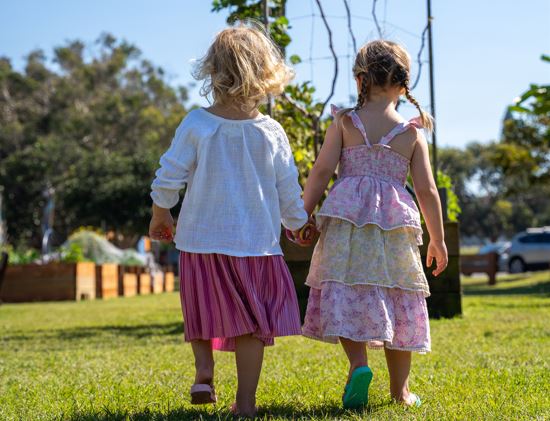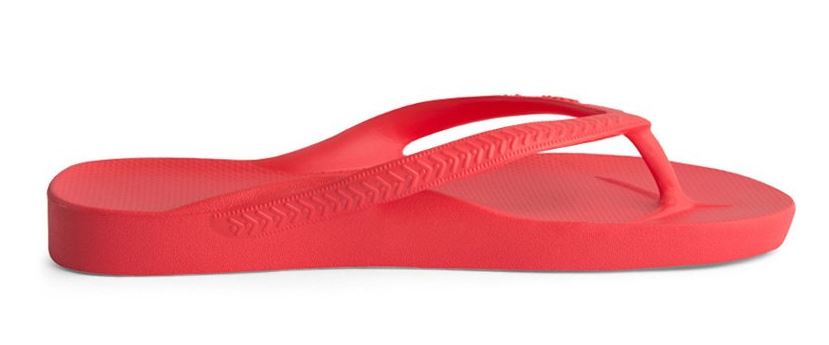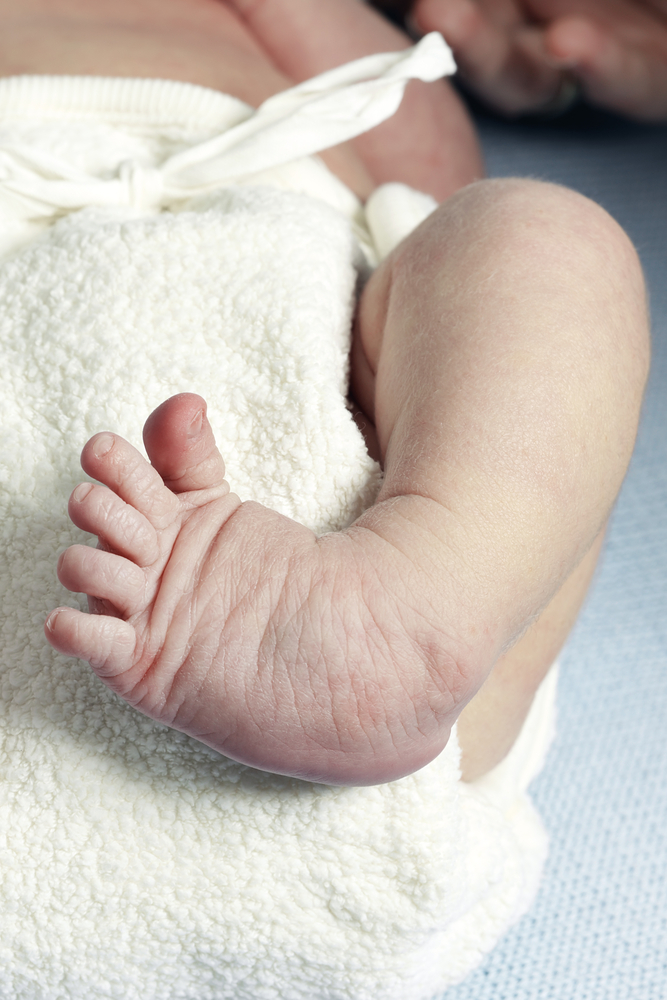There is no such thing as the best running shoes. You will see all over social media recommendations from people as to what is the best running shoes. It usually turns out that this is the running shoe that they are wearing. Just because that running shoe works for them does not mean it will work for you. The person giving advice in social media has no idea of the characteristics of your foot and your running gait and what your goals and aspirations are, yet they still think they can advise you without knowing that. Even worse, are those who take that anonymous advice.
Every runner is different. They have different running techniques and they have different foot structures and functions. They also have different goals with what they want from their running and they run different distances on different surfaces. To get the best running shoe for you, all of that information needs to all be taken into account. All running shoes are different. Each running shoe has different design characteristics. Those design characteristics or features need to be matched to the characters of the individual runner to get the “best”. On top of that, each brand uses a different set of lasts that the running shoes are made on, so they will vary somewhat in shapes, which need to be matched to the shape of your foot.
Rule number one is that do not try to fix what is not broken. If you are running in a particular shoe and that shoe is working for you, then do not try to change it.
If you are starting from scratch, then get yourself along to a specialty running shoe retailer who has all the knowledge and try out several different brands and models. They will generally recommend several different shoes after getting your goals and aspirations and looking at your gait and foot structure.
We will also occasionally make recommendations of specific running shoes as some shoes have a certain characteristic that is beneficial for your particular clinical problem. For example, the Brooks Adrenaline has a 12mm drop (heel is 12mm higher than the forefoot) which is some people that may be indicated to help with their problem. Others will benefit from a running shoe that has a 0mm drop. The Hoka brand of running shoe has a rocker type action in the forefoot that will benefit those with pain in their big toe joint.
There is no such thing as the best running shoe. There is such as thing as the running shoe that best works for you.






